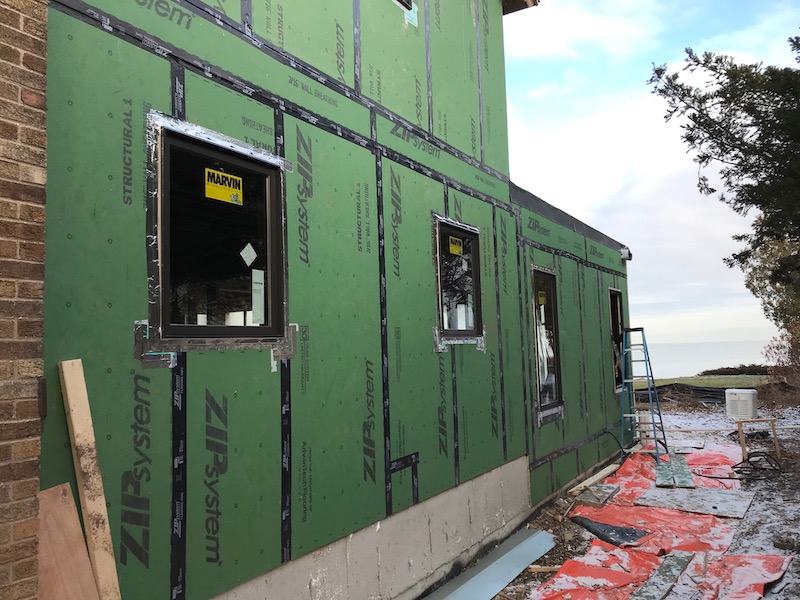A home is only as efficient as its least efficient point. In many homes, windows and doors occupy a large percentage of the surface area of the home’s envelope. Having the right windows, installed correctly in your home remodeling project can lead to a more energy efficient home and improve your overall quality of life.
The National Fenestration Rating Council (NFRC) Performance Label
The NFRC is an organization that tests, certifies and labels windows and doors based on a series of performance ratings. You will find this label on all ENERGY STAR® qualified windows and doors. Each label has a few important numbers associated with the performance of the window or door, but what do these numbers mean?
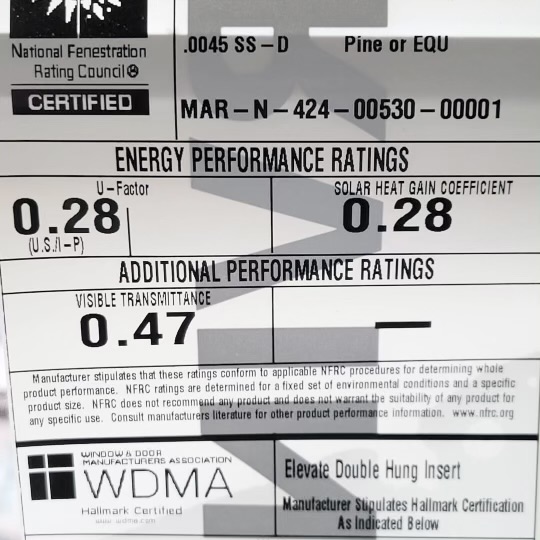
U-Factor
The U-Factor, sometimes referred to as U-Value, is a measurement of a window’s rate of heat transfer. In short, this tells the buyer how well the window will provide insulation. U-Factor ratings range from 0.25 to 1.25. The lower U-Factor, the more efficient and insulated the window is.
Due to Wisconsin’s extreme climate, windows are a particularly important factor in the energy efficiency of a home. Wisconsin winters can be harsh, so we recommend selecting windows and doors with a U-Factor of 0.35 or lower in your next home remodeling project.
Solar Heat Gain Coefficient (SHGC)
Solar Heat Gain Coefficient (SHGC) measures how well a window blocks out the heat from sunlight. SHGC ratings range between 0 and 1. The lower the SHGC, the less heat is transmitting into your home. When deciding what SHGC you want your windows to have, it’s important to note which direction the window will be facing.
For west-facing windows that receive direct sunlight throughout the afternoon, use a window with a lower SHGC. Conversely, on south-facing walls a window with a higher SHGC could help naturally warm your home during the cold Wisconsin winters.
Visible Transmittance (VT)
The visible transmittance (VT) number measures how well a window or door lets sunlight pass through. Typically, VT numbers range from 0.30 to 0.70. A higher VT means more natural light passes through the window, while potentially reducing the need for artificial lighting.
It is important to weigh the VT number against the other properties of the window. Generally, more efficient windows will have a lower VT number, meaning less natural light will pass into your home. For example, a triple-paned window is highly efficient, but sunlight must pass through three panes of glass before entering your home, which can decrease the natural light in your home.
When selecting a window or windows for your home remodeling project, it is important to take each of these numbers into account.
Window Panes
Window panes are broken down into three categories: single-pane, double-pane and triple-pane.
Single-Paned
Single-pane windows are a singular pane of glass held inside of a frame. First created in England in the early 17th century, single-pane windows were the first windows ever invented. They are the most cost-effective window pane however, they are the least energy efficient. This is because they only provide a single barrier between the interior of your home and the outdoors. Because of this, we typically only use single-pane windows in outdoor buildings like a greenhouse or garage.
Double-Paned
Double-pane windows are among the more common windows selected by our clients for a home remodeling project. These windows have two panes that traps air in between them, which increases the windows U-Factor. An increased U-Factor can result in your home’s HVAC system requiring less effort to operate. This lowers energy bills and increases efficiency.
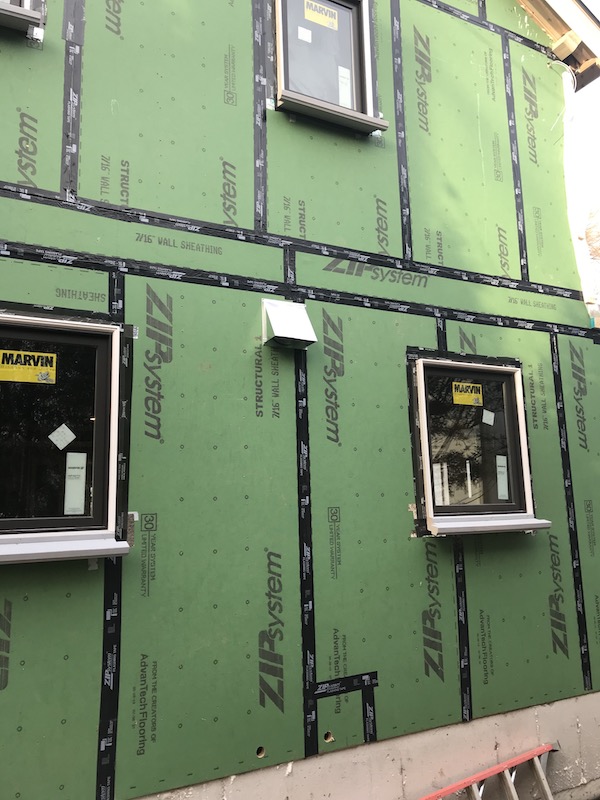
Triple-Paned
Triple-pane windows are by far the most energy efficient. When compared to double-pane windows, triple-pane windows can improve your home’s energy efficiency by as much as thirty percent. The improved insulation of a triple-pane window not only makes your home more energy efficient, but also adds soundproofing qualities.
Triple-pane windows also provide more security for your home, because they are much more difficult to break through than a single, or double pane window. Triple-pane windows are typically found in passive house construction and remodeling projects on busy streets.
The initial cost for double and triple-pane windows is higher than a single-pane window. However, you can recoup the cost with lower energy bills, along with an increase in your home’s property value.
Gases
In double and triple-pane windows, gas fills the space between the panes. These gases include krypton, xenon, nitrogen, oxygen or argon. These gases act as an excellent insulator for the window. The gas also helps to prevent condensation from building up between the panes.
Window Styles
Windows come in all shapes and sizes, depending on the design you and the architect agree upon. However, some of the most common window styles in our remodeling projects include casement, double-hung, tilt-turn and thermally broken windows.
Casement
Casement windows have long been a traditional window style in American home building. These windows swing in or out and attach to the frame by one or more hinges at the side. When locked, casement windows can have a tighter seal than double-hung windows. A tighter window seal leads to higher efficiency.
Double Hung
Double-hung windows are the most common windows we install in remodeling projects. A double-hung window has two sliding sashes. The bottom panel opens by sliding the sash up, while the top panel opens by sliding the sash down. The top and bottom sashes of double-hung windows fit snugly into the window frame, helping to limit air infiltration into your home.
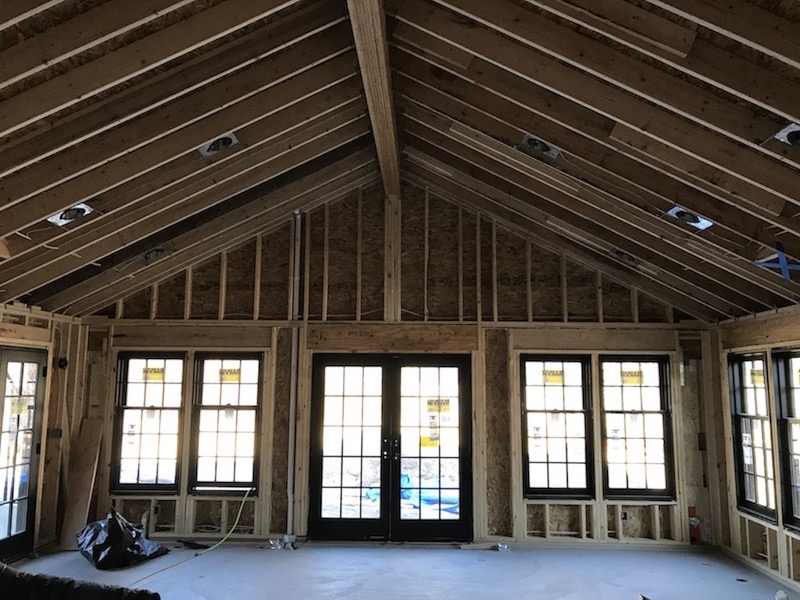
Tilt-Turn Windows
Tilt-turn windows allow you to either tilt them outward or inward for ventilation, or turn them similar to a casement window. These windows are common in Europe, but have made their way into many Milwaukee home remodels. Tilt-turn windows fit snugly into the frame, and the vinyl the frame is typically made from acts as an excellent insulator. Due to their ability to be used as a vent, tilt-turn windows also allow you to leave your windows open more often, without sacrificing security, resulting in less need to run the air conditioning.
Thermally Broken Windows
Thermally broken is a term that references the type of frame used for a window. These frames are typically made of aluminum, a material that inhibits heat from escaping through the frame. These frames also create a barrier between the panes of glass, helping to prevent thermal bridging. Typically, thermally broken windows are double or tripled-paned. Adding a thermally broken aluminum frame to an already efficient assembly further increases the efficiency of the window.
View a complete list of window styles on the NRFC website.
Passive Solar
Passive solar construction is a method of building that uses the sun’s energy to increase the efficiency of a home. Based on the movements of the sun, a passive solar style build typically has numerous windows facing within 30 degrees of true south to collect the sun’s energy. This helps naturally heat the building, while causing less load on your heating system and saving on energy costs.
The heat from the sun is naturally stored in what is known as thermal mass. Thermal mass refers to materials used to build a home that naturally retain heat, such as concrete, brick, stone or tile. These materials naturally absorb the sun’s heat, acting like a battery to release the heat back into the home throughout the day.
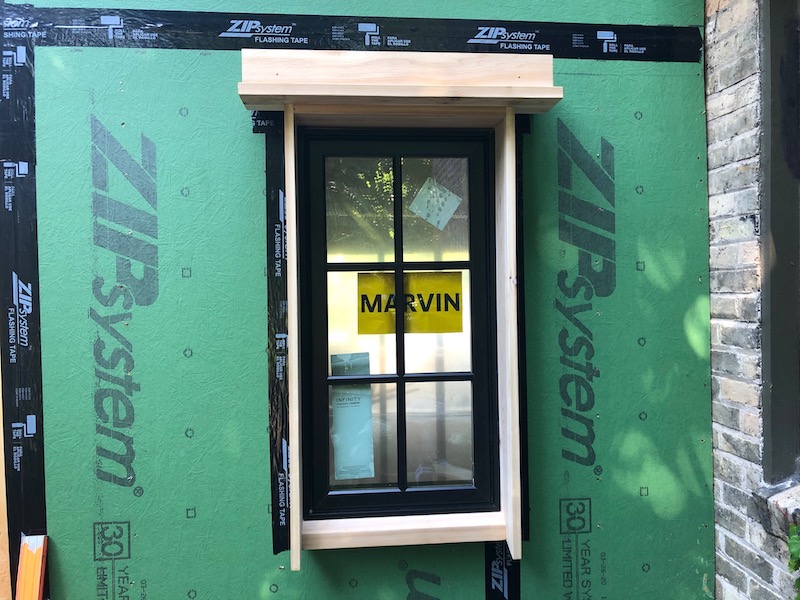
In order to not overheat during the months when the heating system is on, passive solar homes rely on a system of shading. However, we typically only use passive solar designs in homes that do not have buildings or other obstructions blocking the windows. Because of this, the passive solar design is most typically seen in homes in the countryside. However, if your home has the right exposure, a passive solar addition or remodel can be a great way to maximize the sun’s natural heat and minimize your home’s energy use.
Which Energy-Efficient Windows Are Right for You?
Each year, the average American household spends $1,500-$2,500 on energy bills. Forty-five percent of that cost is for heating and cooling. Choosing energy efficient windows can save you money and keep your home comfortable. Please contact us at LaBonte Construction about incorporating high-performance windows into your next home remodeling project.

